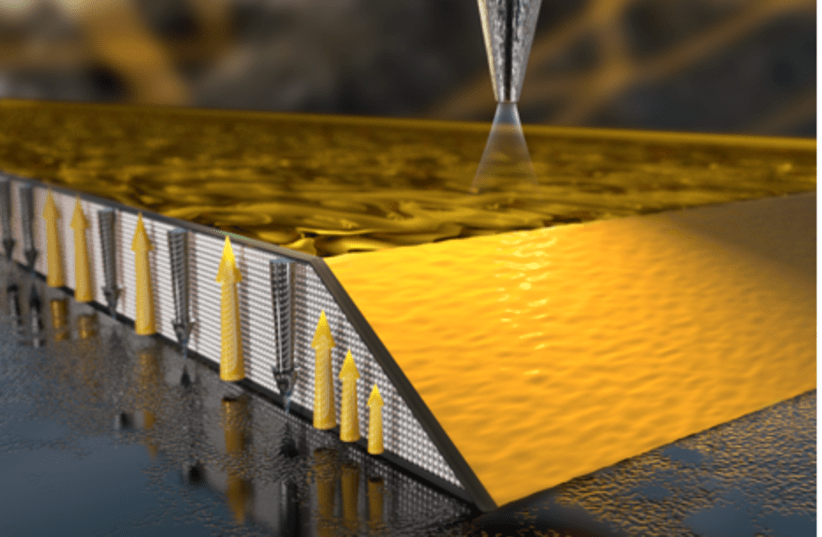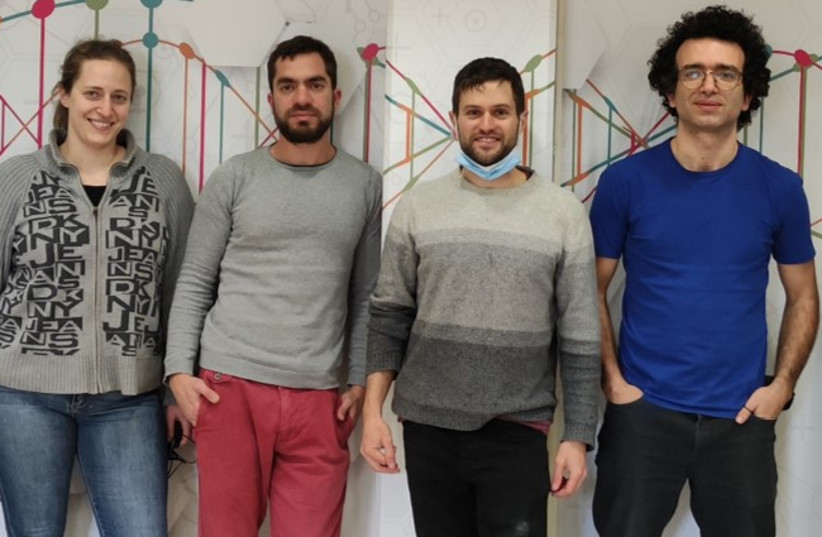A recent study from the Hebrew University of Jerusalem's Racah Institute of Physics published in the journal Nano Letters revealed a phenomenon dubbed "edge magnetism," which could change the future of nanotechnology.
A magnet or magnetic object in the macroscopic world, our day-to-day world, behaves predictably. Magnets attract or repel each other based on their positive/negative orientation. The magnet on a refrigerator magnet, for example, is never half magnetic and half not -- otherwise it would just fall down. In more general terms, magnetism is not generally periodic or partial.
However, at the nano-scale, where materials as thin as 100 atoms are studied, the rules can bend. When the researchers looked at nanomagnets, the images showed that the magnetic material only retained magnetism within 10 nanometers of the edge (a human hair is around 100,000 nanometers thick).
Dr. Yonathan Anahory, who led the research team, explained that in today's tech hardware climate in which everything is getting smaller and faster, "effort is focused towards small magnets with different shapes." Edge magnetism could lead to the production of long wire magnets only 10 nanometers thick, which could curve into any shape and be even more economic in their use of space and energy. This is particularly relevant to the field of quantum computing.
The discovery of edge magnetism, although very small in size, could have a very big impact on the future of tech.

